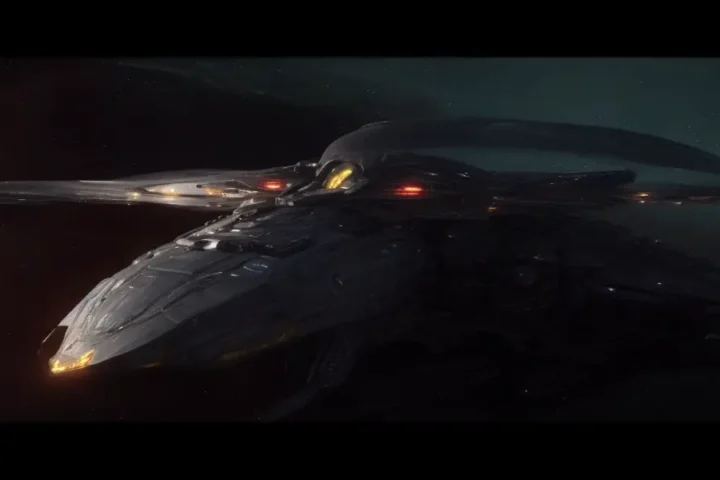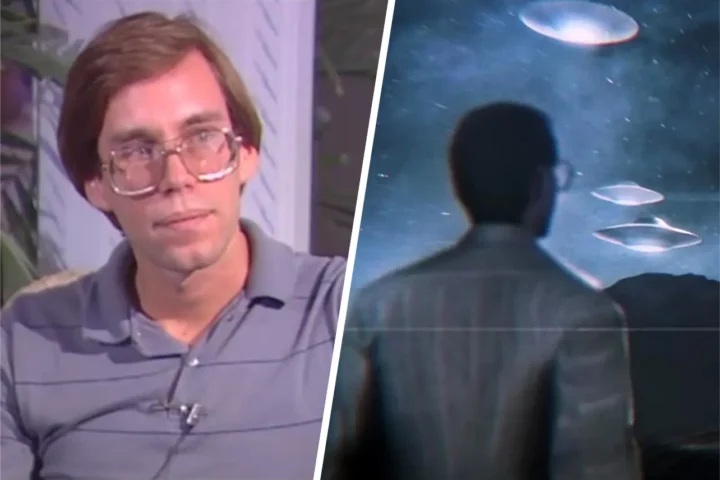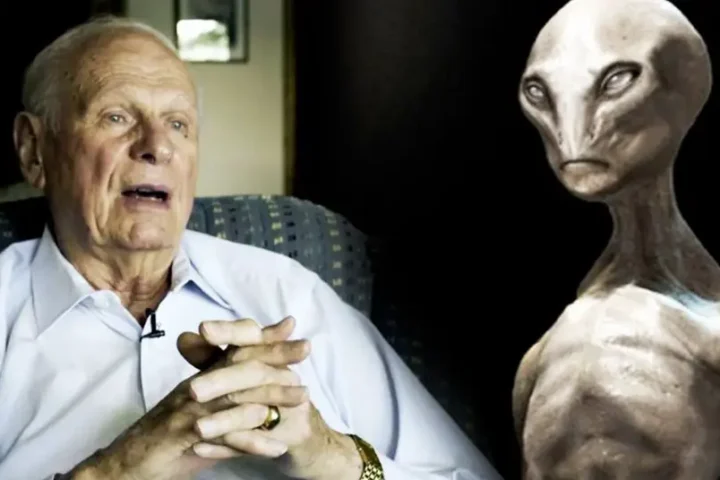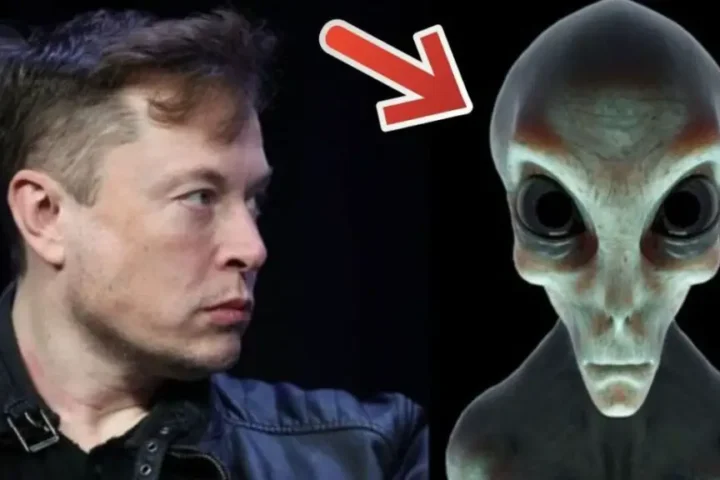Have you ever wondered about the possibility that Earth’s history might have a chapter written not by humans, nature, or known physical processes, but by extraterrestrial beings? The discovery of quasi-crystals, a type of matter previously unknown to nature, has sparked debates that might lead us down that path.
The Discovery of Quasi-Crystals
Quasi-crystals are unique because they exhibit a form of symmetry that’s considered impossible in natural crystals. Their discovery in a Siberian meteorite suggests that the universe holds more secrets than we have imagined.
Key Points:
- First Quasi-Crystal Discovery: Found in a meteorite from Siberia, these crystals have a structure not seen in naturally occurring crystals.
- Nobel Prize Recognition: Dan Shechtman’s discovery of quasi-crystals in 1982 eventually earned him the Nobel Prize in Chemistry in 2011, highlighting the significance of this discovery.
- Alien Technology? Some scientists and ufologists speculate that the complexity and unusual properties of quasi-crystals might indicate they are products of extraterrestrial technology.

Extraterrestrial Influence on Earth
The notion that extraterrestrial beings could have interfered or contributed to Earth’s history is not new. However, discoveries like the quasi-crystals add substantial weight to these theories.
Exploring the Possibilities:
- Ancient Artifacts: Could quasi-crystals be artifacts left by advanced alien civilizations?
- Advanced Technology: The unique properties of quasi-crystals suggest they could be part of advanced technological structures.
The Khatyrka Meteorite’s Secrets
The Khatyrka meteorite, from which these quasi-crystals were extracted, holds more mysteries. With the discovery of 35 new minerals and unusual compositions, it challenges our understanding of cosmic formations.

Highlights:
- Unusual Composition: The presence of aluminum metal in the Khatyrka meteorite is unique, as aluminum usually reacts to form alumina in space rocks.
- Smithsonian Institution: A fragment of this meteorite containing new minerals is now part of the Smithsonian Institution, emphasizing its importance.
The Bigger Picture: Our Universe’s Origins
Harvard professor Avi Loeb’s theory that our universe might be the creation of an advanced alien civilization adds another layer to this fascinating puzzle. It suggests that the phenomena we observe, like the creation of quasi-crystals, could be part of a much larger, more complex picture.
Considerations:
- A Laboratory Universe?: The idea that our universe might be a laboratory experiment of an advanced civilization is both intriguing and unsettling.
- Quantum Tunneling: This concept might explain how an advanced civilization could create a universe from nothing, potentially offering a new perspective on the origins of materials like quasi-crystals.
Conclusion
The discovery of quasi-crystals and their potential extraterrestrial origins invites us to reconsider our place in the universe. It opens up new questions about the nature of matter, the history of our planet, and the possible existence of advanced civilizations beyond our own. As we continue to explore these mysteries, we inch closer to understanding the true complexity of the cosmos.











